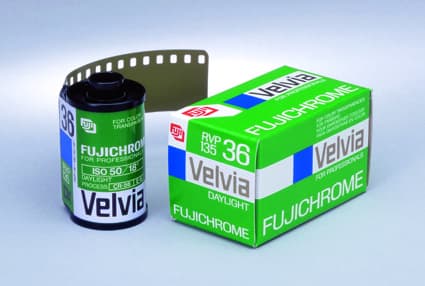New hand luggage X-ray scanners will not fog photographic film (with an ISO up to 1600) provided it is not scanned more than five times, claims the manufacturer.
BAA, which runs seven UK airports including Gatwick and Heathrow, is poised to introduce the new hand baggage X-ray scanners from this year.
The new system aims to allow passengers to carry more than one item of hand luggage on board their flight.
Called the HiScan 6040aTiX, the scanner is designed to detect explosives and liquids and fight against terrorism, while helping to cut queuing times for passengers. It is thought that non-suspicious items will be channelled through a new tray-return system.
The new machine uses a system called ?ATIX?, which stands for Advanced Threat Identification X-ray. It allows operators to view a piece of luggage from multiple angles, without the need to increase the scanning time.
Among those fearing that the new machines could spell ?bad news for film photographers? was photo enthusiast Steve Bosanko who alerted us by email.
However, a spokeswoman for the device?s manufacturer, Smiths Detection, claims that the machine carries no more X-ray power than its predecessor, the Hi-Scan 6046si.
Regarding ?film safety?, the specification sheet for the new machine states: ?guaranteed up to ISO 1600 (33 DIN) with a maximum of 5 inspections?.
But it is not clear from the spec how many times an item is scanned as part of a single inspection, a matter we were attempting to clarify with the maker at the time of writing.
The HiScan 6040aTIX provides two ?high resolution and detailed views? of items contained in hand luggage – alerting the operator to anything suspicious, says the manufacturer.
The easing of the hand baggage restrictions may cause confusion among passengers because not all airports are expected to use the machines, claim press reports.
The Department for Transport (DfT) confirmed to AP that it will be up to airports whether they adopt the new scanners.
A DfT spokesman added that, instead of deploying the new machines, airport operators may decide to step up security in other ways, such as by using more security staff.
BAA told us that it required the manufacturer to ensure the machines are ?film safe?. It has not conducted its own checks on the latest scanners regarding their potential to fog film.
In the late 1990s, following controversy over airport scanners? potential to fog film, AP was instrumental in forcing BAA to help conduct fresh tests on the film-fogging potential of airport X-ray machines.
At the time, the tests effectively vindicated hand baggage machines. Results showed that film with an ISO 800 and above ?when passed more than eight times through the hand luggage security scanning machines, can be affected?.
However, the advice added ?the nature of the change occurring is barely noticeable to the naked eye and indeed does not become clearly visible until film is exposed around 32 times?.
The resulting advice then stated that processed film could be exposed to an almost unlimited amount of X-rays ?without suffering any ill effects whatsoever from hand baggage machines? (See AP 4 March 2000).
? Photographers are routinely advised to store unprocessed film in their carry-on luggage which is subject to scanners less powerful than many hold luggage X-ray machines








